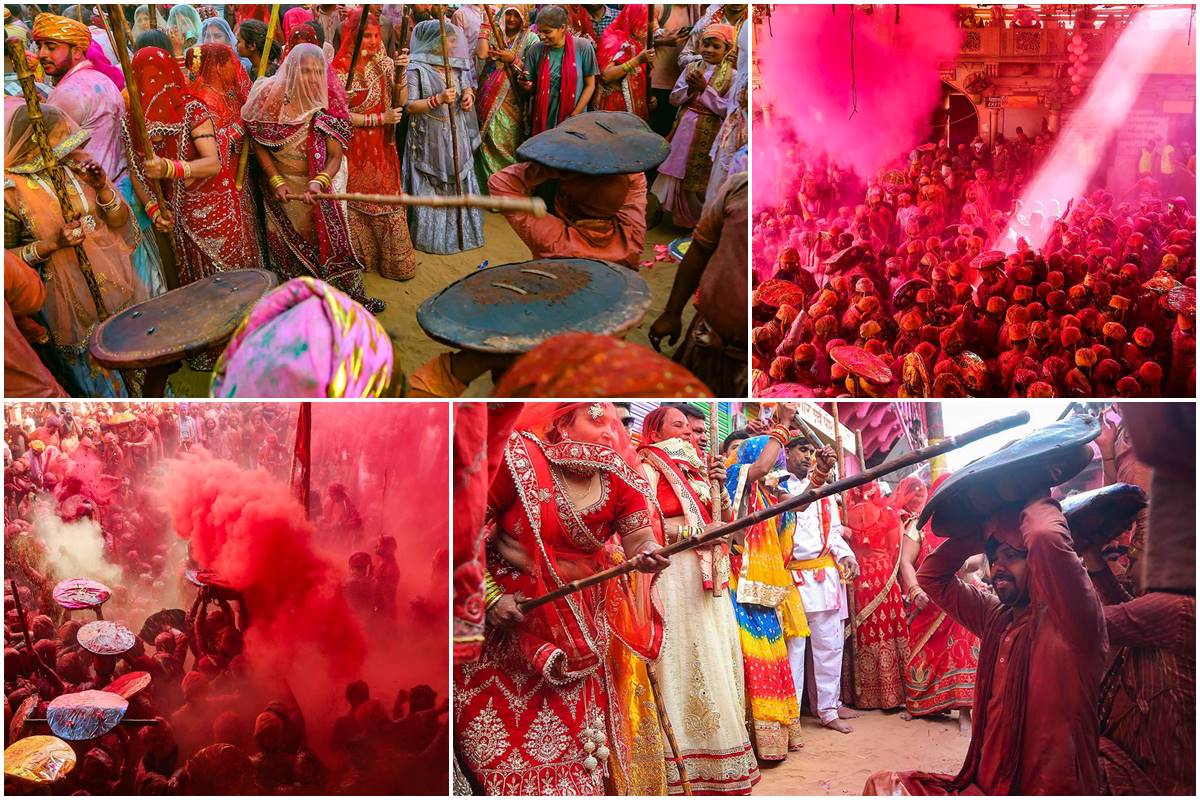A decade-long stalemate over railway passenger fares came to an end on Wednesday with railway minister Pawan Kumar Bansal announcing an across-the-board hike in fares of all classes from January 21 midnight to net an additional R6,600 crore a year, which includes R1,100-1,200 crore expected in the remaining period of this fiscal.
Bansal announced the hikes in the range of 2-6 paise per kilometre at a press conference ? there is no precedent of the passenger fare being hiked between two annual railway budgets even though freight rates get revised more frequently ? and justified this break from tradition, saying: ?If we waited for another two months (for the presentation of the railway budget), our fiscal crisis would have worsened.?
Terming the new fares ?reasonable?, the minister said the losses in the passenger segment,which stood at R1,059 crore in 2004-05, rose to R19,964 crore in 2010-11, an increase of 18% annually. The losses are likely to go up to R25,000 crore in the current fiscal.
Thanks to the refusal of successive railway ministers to hike passenger fares, the national transporter?s financial health has deteriorated ? it needs to spend 95 paise to earn a rupee now, a situation that left it with little surplus for investment. This is at a time the railways needs huge funds for expansion and modernisation. The Sam Pitroda and Anil Kakodkar panels had estimated that the world?s third largest rail network will need a cumulative investment of Rs 9 lakh crore over five years for its network expansion, modernisation and safety upgrade.
There has been a widening of the differential between passenger fares and freight rates over the years as a result of the no-fare-hike policy of former railway ministers. The cross-subsidisation in Indian Railways is so huge that it earns 30 paise for carrying a passenger for a kilometre, while it gets Re1 per km for carrying a tonne of freight. The national transporter needs funds far in excess of what it could generate internally and from the budget outlay to meet its ambitious expansion plans, and is trying to aggressively pursue the public-private partnership model in many areas.
According to sources, with the interim fare hike, the railway budget slated for next month is now expected to be a populist exercise, with the announcement of new lines and trains and other sops for passengers. Bansal hinted that with Wednesday?s fare hikes, there might not be any further increase in fares (in the budget) but remained non-committal over the possibility of a hike in freight rates. ?The decision to hike the fares was imperative as lack of revision in the last 10 years has had a telling effect on the railways? finances,? Bansal said..
As per the decision taken by the railways, while passenger fares for second class mail express trains have been raised by 4 paise per km and sleeper class fares by 6 paise per km, the hike has been steeper for higher classes with the for AC chair car fare going up by 10 paise per km and that of AC 3-tier by 10 paise per km.
The fare of AC 2-tier, AC first class and AC first class executive classes, which were raised in the last rail budget, have also been increased by 6, 3 and 15 paise per km, respectively.
Bansal has virtually rewritten the proposals presented by his the man who held the post before him, Mukul Roy. Immediately after taking office last year, Roy had reversed all the bold decisions taken in the rail budget for 2012-13 presented by his Trinamool Congress colleague and predecessor Dinesh Trivedi, who proposed fare hikes to increase railways revenue by Rs 4,000 crore. Trivedi?s proposals were not accepted by party chief Mamata Banerjee, who forced him to resign.
The railways, which expected to bring down its operating ratio to 85% this fiscal, has taken it up to 95% by the end of last calendar year due to non-revision in fares and the reversal of the decision on fare hikes proposed earlier. The persistent economic slowdown during the year also ensured that freight earnings also shrank, putting the transporter under further financial pressure. The freight target set by the railways for the present fiscal is 1,025 million tonnes, which is highly unlikely to be met with the expectation that target will fall short by at least 25 million tonnes.
The poor financial position has now forced the railways to look to PPP projects in a big way. Its proposals to invite private players in the Mumbai elevated railway project and dedicated freight corridor project have already attracted the attention of several large infrastructure players. Encouraged by this, the national transporter has also now decided to allow foreign direct investment in fixed railway infrastructure under a new policy for participative models in rail connectivity.
















